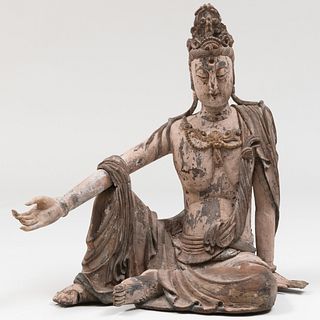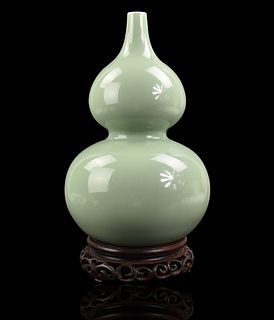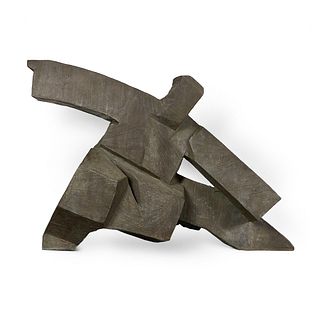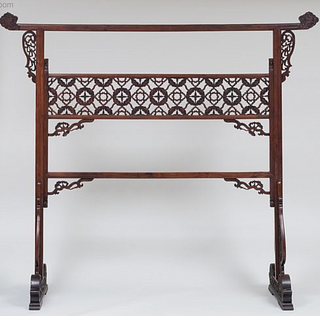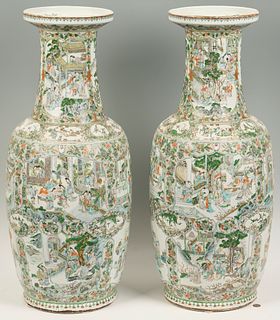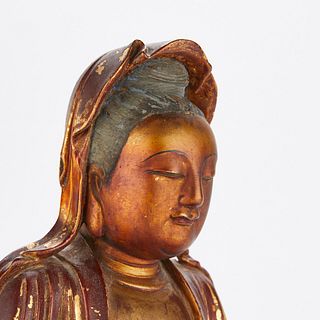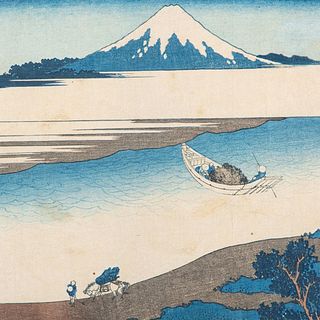Collecting Chinese Rank Badges
Rank badges, Buzi (補子), sometimes referred to as ‘Mandarin squares,’ are Chinese dynastical textiles that have survived in surprising numbers. Their preservation is due in large part to the Western collectors that cherished them and gave them their alternate name. These embroidered panels lend themselves easily to different representations, and their custodians proved creative—I have seen them mounted in wood serving trays, repurposed as a lady’s handbag (perhaps a little too creative), and simply framed behind glass as a decorative work of art. Many admirers and collectors do not realize that they were made as functional clothing elements of an official nature.
Although Ming and Qing dynasty courtiers wore these insignia badges, the strict regulation and systemization of their design and use only came about when the Manchus began their rule in the 17th century. Badges were incorporated on the front and back of the official’s robe. As robes opened at the center front, one of a pair of badges will always be split in two to accommodate the opening. The animal depicted in the badge indicates the wearer’s rank, and the shape (square or circular) is indicative as well.
Late Qing civil officials wore rank badges with the following birds:
- Crane (1st rank)
- Golden Pheasant (2nd rank)
- Peacock (3rd rank)
- Wild Goose (4th rank)
- Silver Pheasant (5th rank)
- Egret (6th rank)
- Mandarin Duck (7th rank)
- Quail (8th rank)
- Paradise Flycatcher (9th rank)
Military officers sported these animals on their badges:
- Qilin (1st rank)
- Lion (2nd rank)
- Leopard (3rd rank)
- Tiger (4th rank)
- Bear (5th rank)
- Panther/Rhinoceros (7th rank)
- Rhinoceros (8th rank)
- Sea Horse (9th rank)
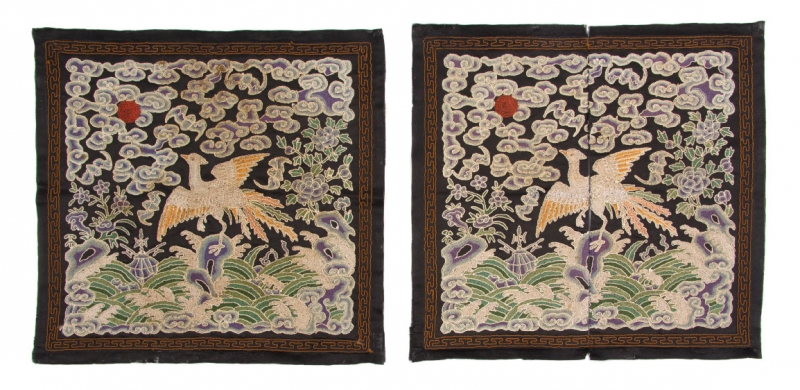
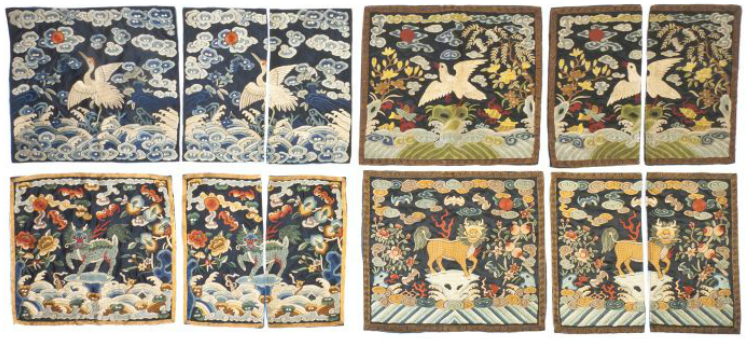
Rank badges are often depicted in paintings. Chinese paintings commonly described as ‘ancestor portraits’ typically depict a courtier and his wife. Wives and children of officials also wore the official’s rank badge, although this practice was not regulated or strictly required. Lot 219 in the sale Asian Works of Art from the Collection of Phillip and Kay Cha, depicts the wife of a civil official during the Qing dynasty.
Typically made of silk and embroidered in many colors, many Rank Badges include cherished silver and gilt-wrapped threads. The thoughtfully-designed poses and orientations of the animals and the iconography present within the badge changed with the times. These embroidered squares are appreciated by collectors of Chinese works of art and textile enthusiasts alike. Like all works of art, the value of a rank badge depends upon its rarity (examples with four-legged creatures are seldom seen), condition, age and provenance. Once official status symbols, today they are regarded by many as simply decorative items. Hopefully we will continue to preserve, value and research rank badges, as they hold historical significance in Chinas dynastically past.
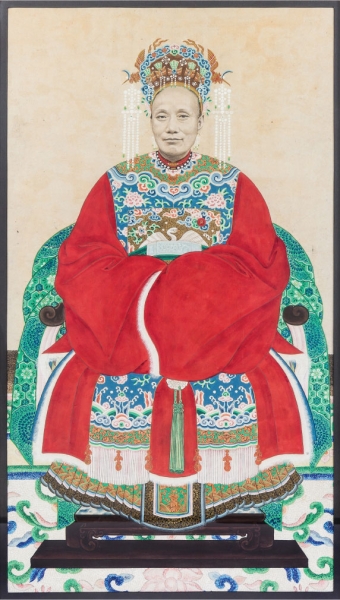
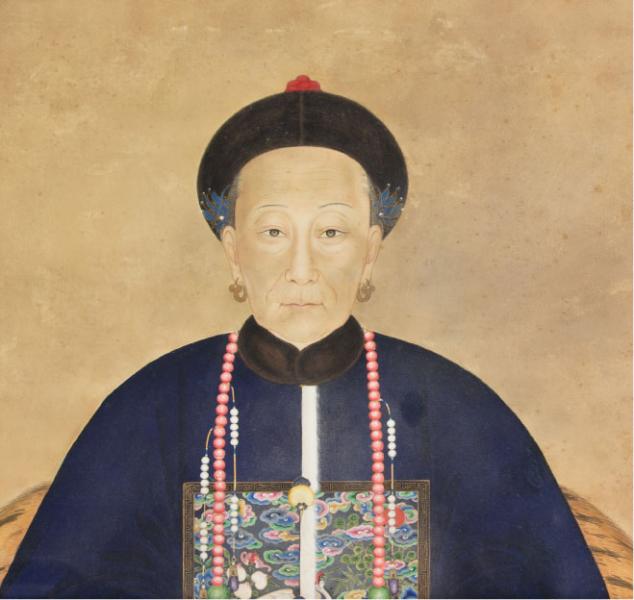
- Preview the December Doyle+Design Auction: A Celebration of Modern & Contemporary Mastery
- Billings Winter Design 2025: A Celebration of Modern Mastery Across Eras
- The Ultimate Holiday Gift Guide: Luxe Finds From Bidsquare’s Finest Auctions
- Fine & Antique Jewelry Sale: A Curated Journey Through Craftsmanship & Design
- Upcoming Auction Spotlight: Doyle’s Fine Art: 19th Century & Early Modernism
- Entertain with Style This Holiday Season: Highlights from Doyle’s December 8 Auction
- Six Standout Lots from Newel’s Fine Jewelry, Timepieces & Luxury Handbags Sale
- Artist Spotlight: Roy Lichtenstein, Pop Art’s Master of Bold Lines & Bigger Ideas
- Discover the Warmth of Pennsylvania Impressionism: Nye & Co.’s Dec. 3 Auction Features the Collection of Nancy & Robert Stein
- Inspired by Cape Cod: The Artists Who Paint Its Light, History, and Character



 EUR
EUR CAD
CAD AUD
AUD GBP
GBP MXN
MXN HKD
HKD CNY
CNY MYR
MYR SEK
SEK SGD
SGD CHF
CHF THB
THB
